Ornaments in the Art of Blacksmithing
12 comments
Hey dear community, first of all I would like to welcome you all to my new post and hope you had a day that brought numerous positive experiences into your lifes! In this post, I would like to talk a little about the art of blacksmithing and hope you can expand your knowledge a little.
You can see some works of art that have been made of metal and represent various magnificent ornaments and in this article I would like to focus specifically on the ornaments in the history of blacksmithing. The art of blacksmithing is already thousands of years old and already in ancient times stylish ornaments were created from metal, which have decorated works such as everyday objects, weapons, jewelry and numerous other important creations which were made of metals and there are almost no limits to the imagination. Already the ancient Egyptians were extremely creative when it comes to creating ornaments made of metal and numerous works of art were created from metal which were often strongly based on the mythology and the works were particularly often decorated with cultural symbols to worship the diverse cult of the gods. Over the millennia, the art of blacksmithing has drawn through pretty much all formative cultures and it happened that thousands of different shapes have been created individually to give the works a unique flair and also in the architecture of the past, blacksmithing plays a important role and the numerous traces can be seen in historical buildings. Especially during the Romanesque era, the aspect of armor was integrated into the buildings, and the demand became higher and higher and it came to the fact that the way of working was greatly changed and mainly the artworks were created for rulers. A typical characteristic of the Romanesque was that the ornaments were created as robustly as possible in order to be able to withstand warlike times and ornaments were created in different forms and especially often during this time you can see spiral patterns which are decorated with different symbolism. Doors, windows or entrances were usually massively decorated with thick metal as well as artistic elements so that they looked very magnificent on one side and safe on the other and should keep away attackers.
Some elements were adopted in the Gothic, but you can see here numerous changes in technology and this time was strongly influenced by religion and to comply with the increasing demand, more and more forges have been created and also the goldsmiths became more and more creative when it comes to the creation of various ornaments and they could hardly stay away from orders at that time. Typical features of this time are pointed ornaments or vertical lines and more ornaments were united in one grid and the whole topic became more complex. In the Renaissance, it came to the fact that more and more motifs have been combined with the works and often you will find floral elements or mythological events from ancient cultures such as Greece and it happened that more motifs of figures were integrated into the works and it can be said that the art of forging became more and more detailed and was characterized by numerous new ideas. One of the most important times for the blacksmithing was the baroque and during this time jewelry or elements in the architecture were greatly changed and the linear ornaments were replaced by symmetrical ones which became more and more artistic and you can find a lot of dynamics in addition to the new symbols and it also happened that more minerals were combined with the works which arrived through trade with other countries and during the Rococo there was even more diversity and the shapes were more adapted and the ornaments developed more into a status object with playful shapes. During Classicism, people went back to ancient times and were strongly inspired by mythology and the works look simpler and have separated themselves from the magnificent and special and form a good contrast to the previous centuries. The Art Nouveau was also very formative, where it was particularly focused on combining these art form with floral elements and it was primarily about creating a decorative mood and during modernity the theme changed and there were no uniform styles and artists worked relatively freely and were inspired by the different epochs.
Thanks a lot for stopping by and I hope you could learn something new about art history! I captured these pictures with my Camera Sony Alpha 6000 plus 55-210 mm lens!
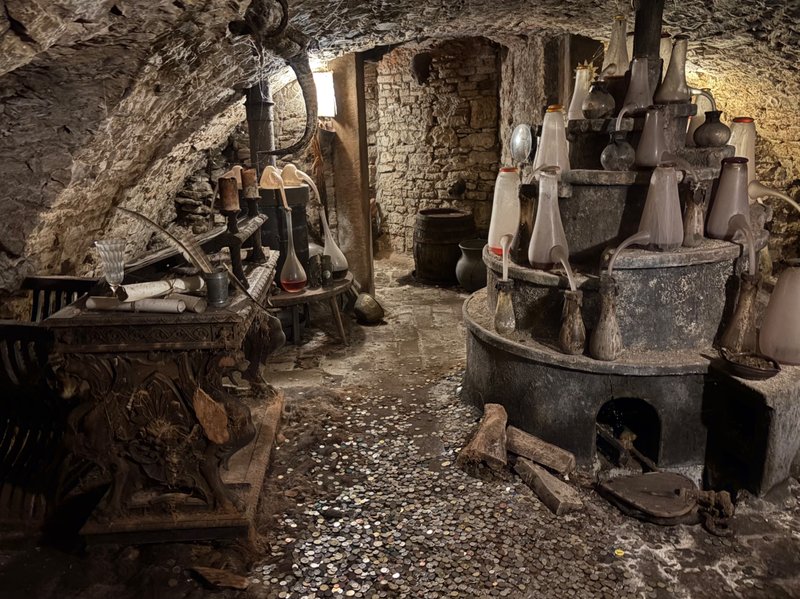


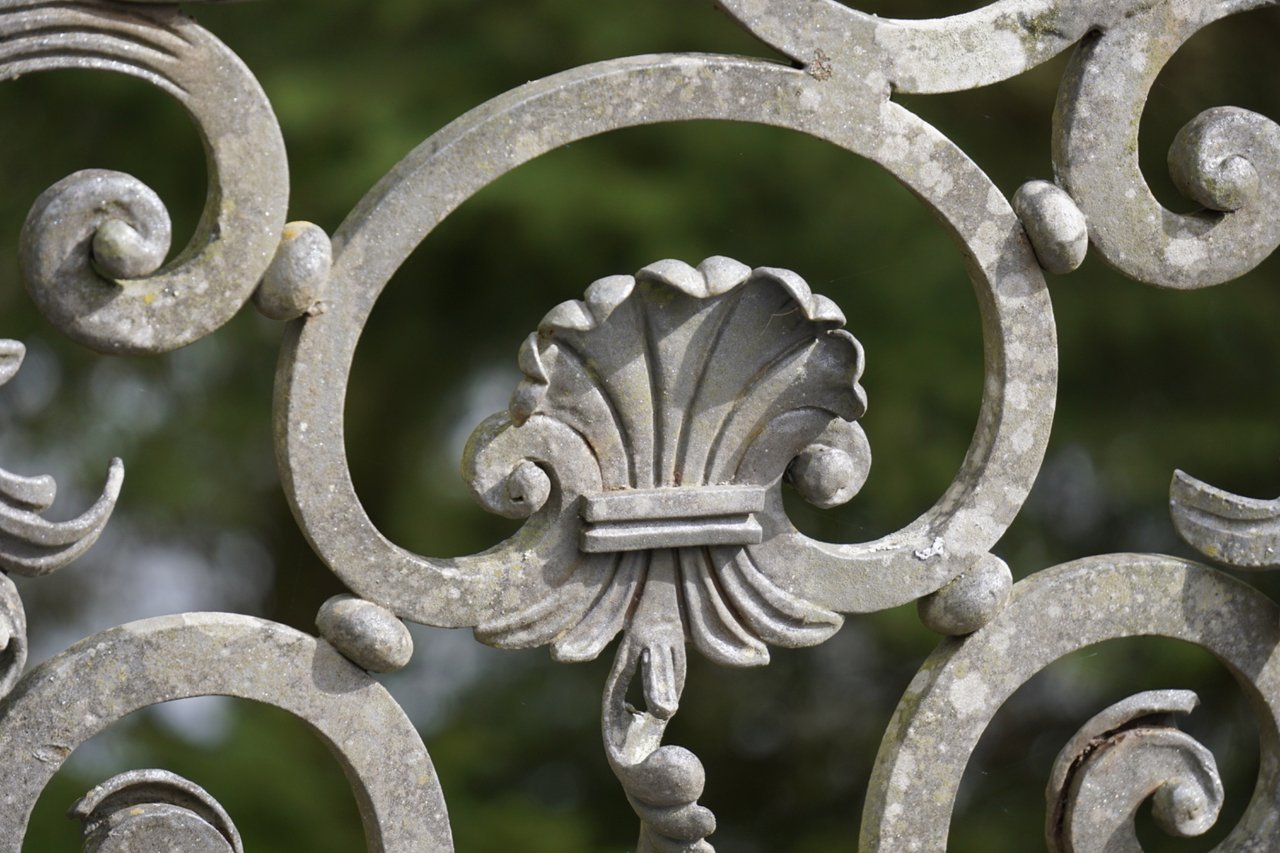
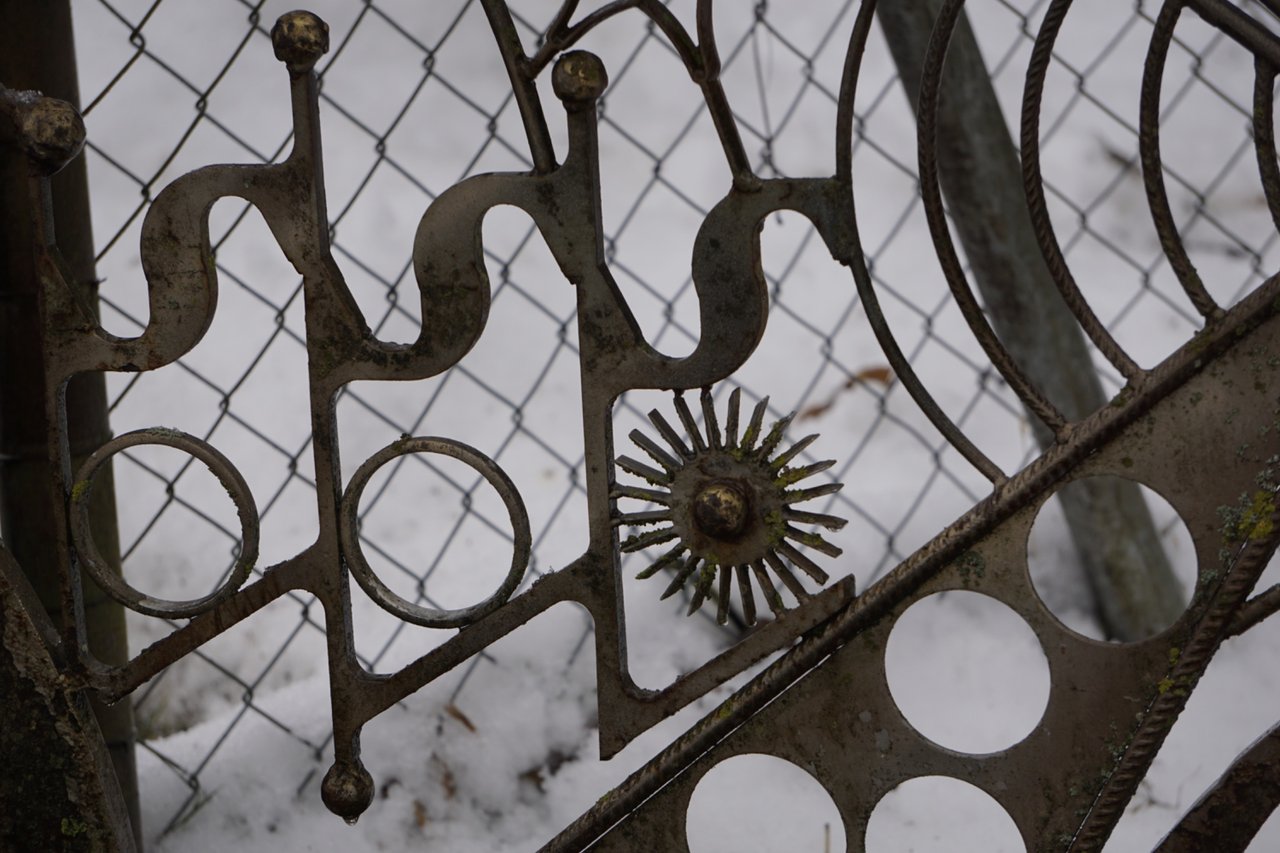
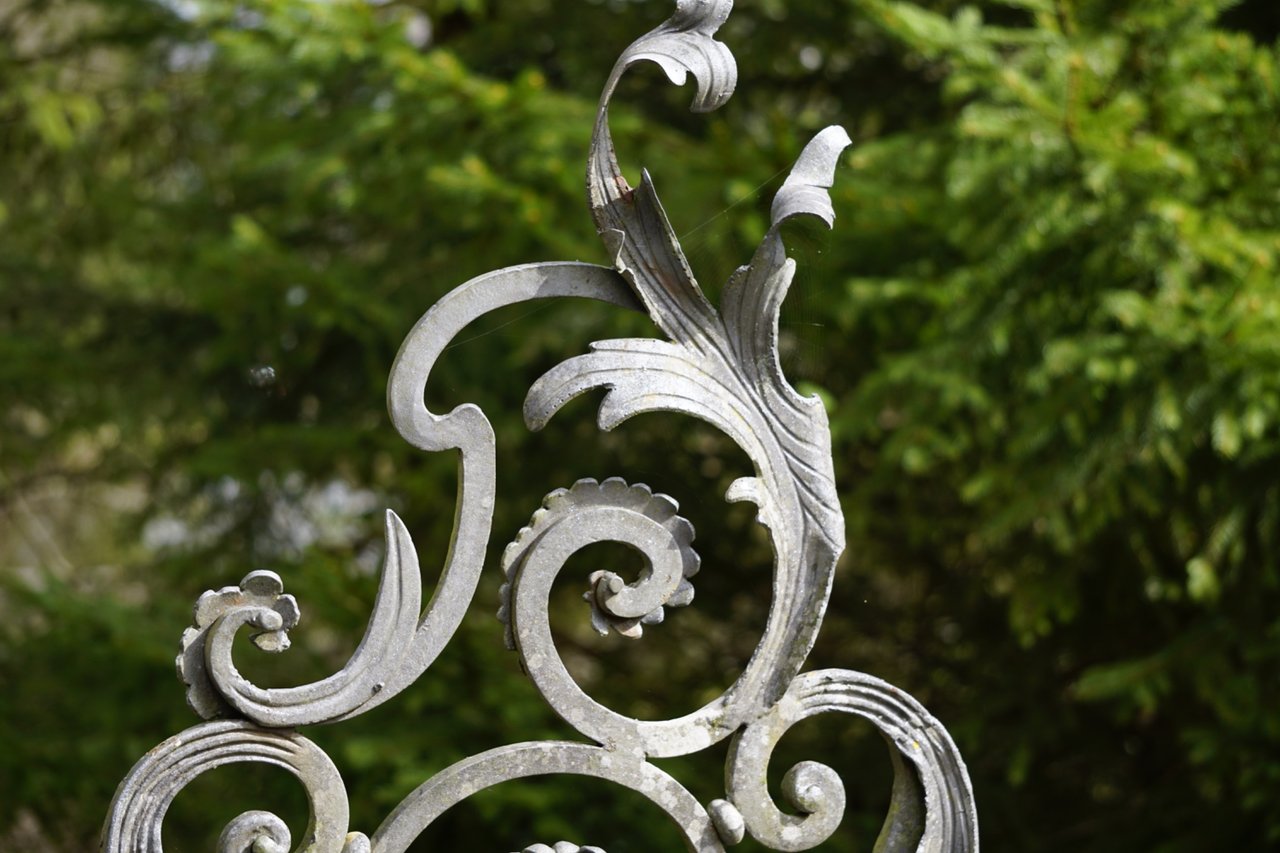
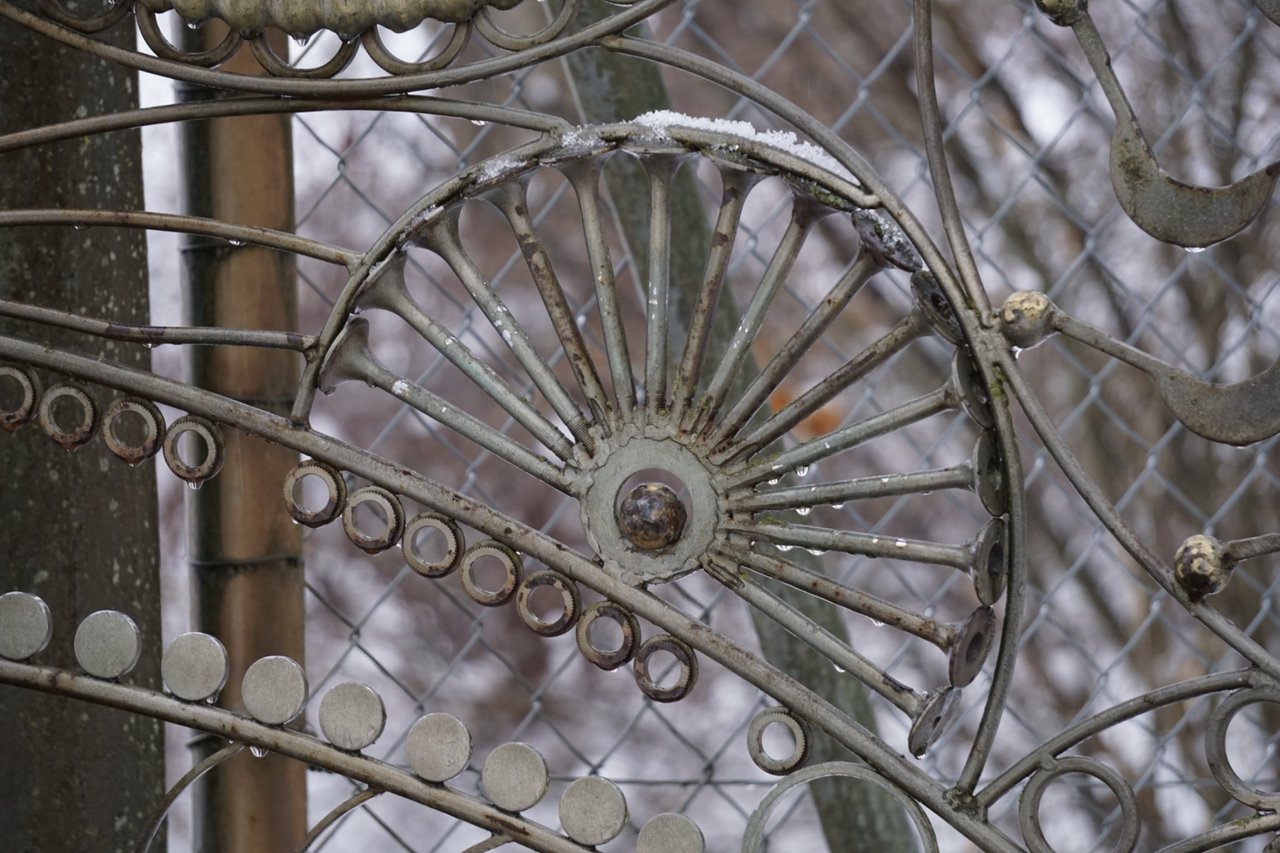
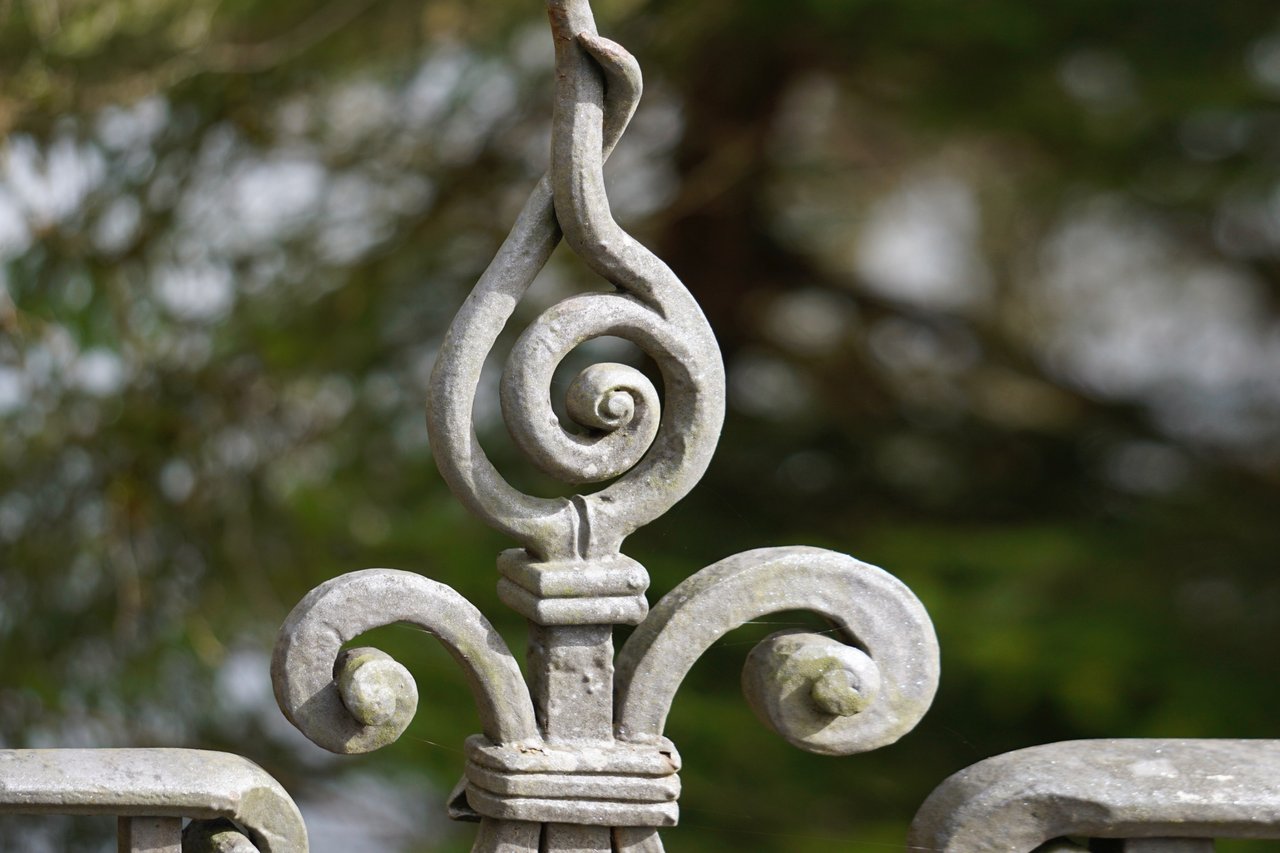
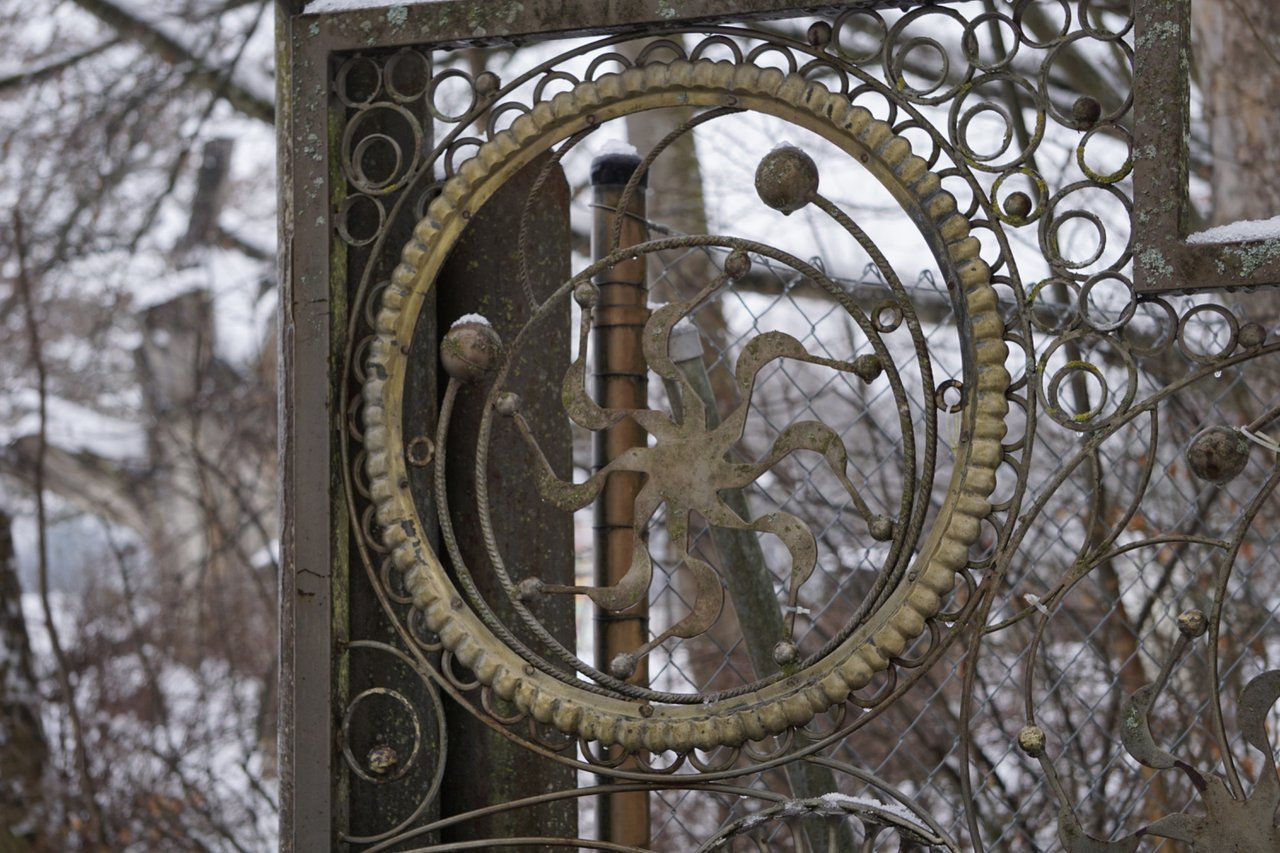
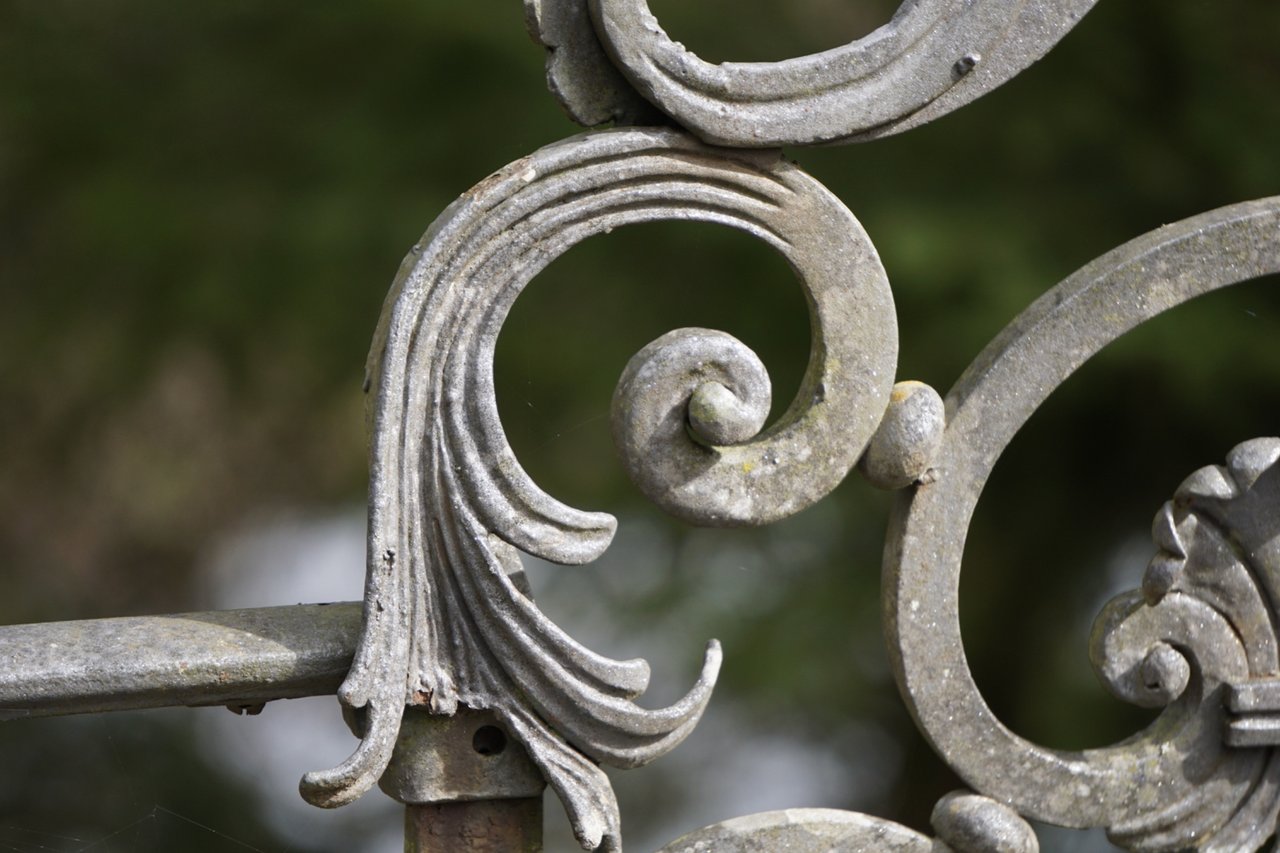
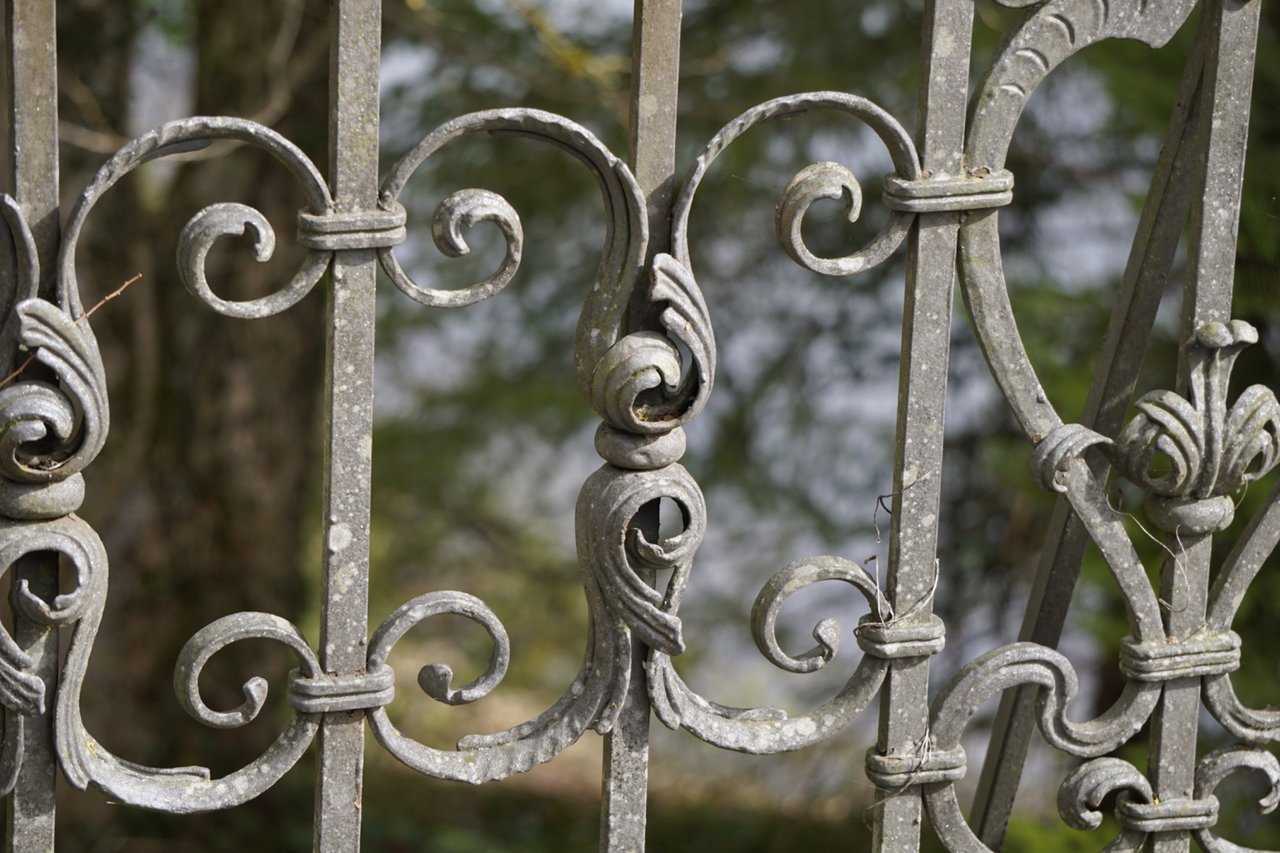

Comments